Sideloader Forklift Hire & Sales
Find the best prices on sideloader forklifts from your local dealers.
We’ve helped customers find the best deals in their area




Connect with Certified Local Dealers
Enter your requirements and we’ll find suitable dealers in your area.

We Find the Best Deals
We search and compare deals from your local dealer to ensure you get the best price.

You'll See Your Savings
We put you in touch with dealers that provide the best value for money, meaning more savings for you.
What is a Sideloader Forklift?
A sideloader forklift is a versatile and reliable electric vehicle used for lifting heavy loads. It is designed to lift loads from the sides, providing the operator with a better view and making it easier to navigate narrow aisles where standard forklifts may not be suitable.
Sideloader forklifts are particularly useful for handling long loads such as timber, pipes, and steel sheets, as they can lift them in a longitudinal manner. These machines can lift up to 8000kgs and are known for their durability, making them a valuable addition to warehouse handling equipment. They can also be used on rough terrain and can lift loads up to 7.0m in height.
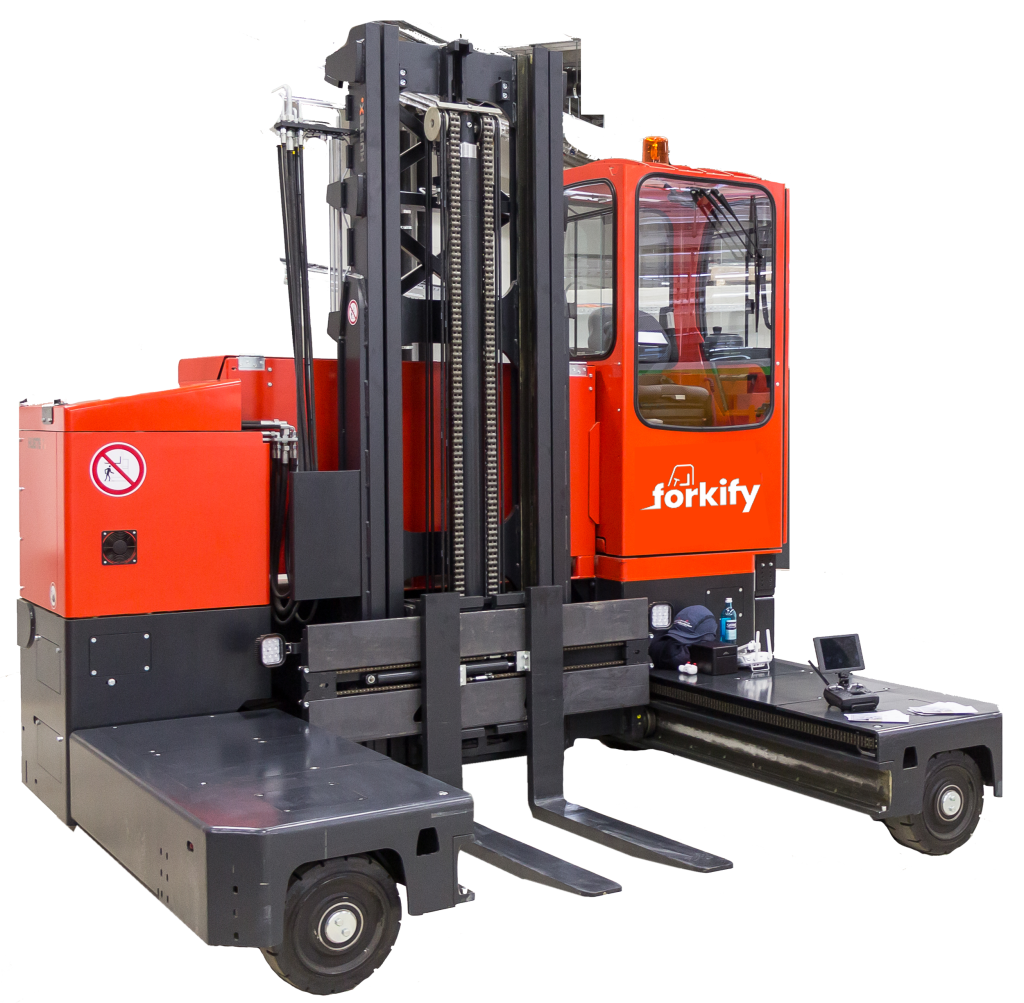
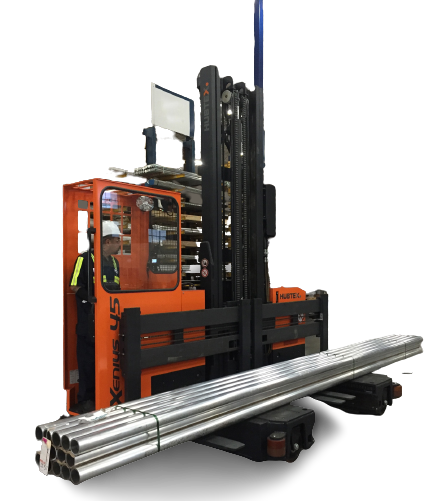
Top Sideloader Forklift Types
With respect to engine type or fuel type, side load forklift are categorised in three categories
Diesel
- Used for heavy duty equipment lifting
- Not environment friendly
- Cheaper to buy
- Diesel Re-fuelling can be costly with the passage of time
LPG
- Used for lighter to medium loads
- Environment friendly as compared to diesel
- A mid-way between diesel and Electric w.r.t. pricing
- Fuel can be costly and sometimes unavailable
Electric
- Environment friendly- almost zero emissions
- Higher initial cost
- Long term application & no strain of fuel
- Battery’s lifespan must be considered
- Used for lighter to heavier loads
Find Your Sideloader Forklift Now
How Much Does a Sideloader Forklift Cost?
*based on 7 day hire in the UK
Most Common Uses For Sideloaders

Steel/Concrete/Plastic Industries
Sideloader forklifts are widely used in warehouses and factories within the steel, concrete, and plastic industries, as they can effectively lift, carry and transport long and heavy loads. They can handle a variety of items, ranging from poles and sheets to wood logs and heavy industrial equipment, making them more versatile than other warehouse lifting vehicles.

Ports
Sideloader forklifts and multidirectional forklifts are commonly used at ports to handle cargo shipments. These forklifts are well-suited for rough surfaces and provide an easy way to transport heavy equipment from ships or loaders into warehouses, where the cargo can be stacked efficiently.

Growing Company Warehouse
When a company is experiencing rapid growth, setting up a new facility or expanding an existing one can be prohibitively expensive. Instead, companies may choose to implement very narrow aisle (VNA) warehouses, which can maximize the use of existing space. In these warehouses, multidirectional sideloaders are often the equipment of choice for stacking, loading, unloading, and organizing inventory thanks to their exceptional manoeuvrability.
Sideloader Specification
| Fork Length | Up to 2.0m |
| Load Capacity | 2,500-8,000kg |
| Service Life | Up to 9,500 hours |
| Weight | Up to 11,000kg |
| Dimensions | Length up to 5.3m, Width up to 5.0m |
| Ground Clearance | Up to 250mm |

What Our Expert Says
“Sideloader forklifts are brilliant for visibility and lifting long loads, like logs, pipes etc. They’re a rough and tough addition to your warehouse fleet, or can be use outdoors too.”
Will Bradley, Co-Founder at Forkify
Should I Buy or Hire a Sideloader?
When deciding whether to buy or hire a sideloader, it’s important to consider the amount of usage per year (or month), the initial cost required, personnel qualifications, and maintenance budget. For large warehouses with frequent shipments and access to qualified personnel, purchasing a sideloader may be the best option.
However, if these requirements present an obstacle, you can opt for hiring instead and avoid any extra costs.
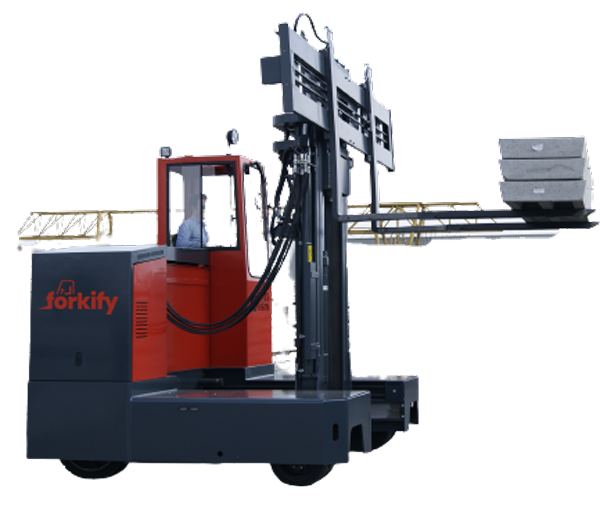
Popular Sideloader Brands






Frequently Asked Questions
Are there any drawbacks to using a Sideloader forklift?
While a sideloader forklift can be a useful piece of equipment for certain applications, it may not be the best choice for all situations. Here are some potential drawbacks associated with using a side loader forklift:
- Restricted manoeuvrability: Side loader forklifts are larger and less manoeuvrable than other types of forklifts, making them unsuitable for narrow aisles and crowded spaces.
- Limited visibility: The operator’s view is obstructed by the load being carried, which can reduce their visibility and create blind spots.
- Higher maintenance costs: Side loader forklifts are more complex machines with more moving parts, which can lead to higher maintenance costs over time.
- Higher cost: Side loader forklifts are more expensive than other types of forklifts, which can make them a less attractive option for some businesses.
- Longer training: Operators of side loader forklifts typically require longer training periods than other types of forklifts due to the complexity of the machine.
Overall, a side loader forklift can be a great option if you require a machine that can handle long loads and operate on uneven ground. However, it may not be the best choice if you need a forklift with good manoeuvrability in cramped spaces or if you are on a tight budget.
Sideloader forklift VS multidirectional forklift: which is the best for my workplace?
Determining the best type of forklift for your workplace will depend on your specific needs and the characteristics of your facility.
Sideloader forklifts are best suited for handling long and bulky loads in narrow aisles, and they can also operate well on uneven surfaces. However, their larger size and complexity may present challenges in small or crowded spaces, and they can be more expensive to purchase and maintain.
Multidirectional forklifts, on the other hand, are highly maneuverable and can move in multiple directions, making them a good choice for tight spaces and complex layouts. They can handle long loads as well, but may not be as efficient as sideloader forklifts in narrow aisles or on uneven surfaces.
To determine the best option for your workplace, you should consider factors such as the size and layout of your facility, the type of materials you will be handling, the frequency and volume of loads, and your budget. You may also want to speak with one of Forkify’s, forklift specialist or experienced dealers who can help you determine the appropriate machine for your needs.
Which manufacturer makes the best sideloader forklifts?
There are several manufacturers that produce high-quality sideloader forklifts. Here are a few notable options:
- Baumann: Baumann is a manufacturer that produces a range of sideloader forklifts, including models specifically designed for handling timber and other long loads.
- Combilift: As previously mentioned, Combilift is a popular manufacturer of sideloader forklifts that are known for their versatility and ability to handle long loads.
- Hubtex: Hubtex is a specialized manufacturer of sideloader forklifts and other material handling equipment, and their machines are designed for heavy-duty applications.
- Toyota: Toyota is another well-regarded manufacturer that produces a range of sideloader forklifts, including models with lifting capacities of up to 14 tons.
Choosing the best manufacturer will depend on your specific needs and budget. It is important to conduct thorough research, read reviews, and consider factors such as warranties and maintenance programs before making a decision. A reputable forklift dealer or specialist can also provide expert advice on selecting the right machine for your specific workplace and application.
What are the benefits of using a sideloader forklift?
There are several benefits associated with using a sideloader forklift in certain applications. Here are some of the main advantages:
- Handling long loads: Sideloader forklifts are designed to handle long and bulky loads that may be difficult to manage with other types of forklifts. The side-mounted forks allow the operator to pick up and transport loads that are longer than the vehicle’s width.
- Improved stability: Sideloader forklifts are typically more stable than other types of forklifts when carrying long or uneven loads, which can reduce the risk of accidents or damage to the load.
- Better visibility: The operator has a better view of the load being carried compared to other types of forklifts, which can improve safety and help prevent collisions.
- Can operate on uneven surfaces: Sideloader forklifts are designed to operate on uneven terrain, making them well-suited for outdoor storage yards, lumber yards, and other rugged environments.
- Can operate in narrow aisles: Sideloader forklifts are designed to operate in narrow aisles and tight spaces, which can make them a good option for warehouse and storage environments where space is at a premium.
What is a sideloader forklift used for?
Sideloader forklifts are specifically designed for handling long loads that are difficult to manage with other types of forklifts. Here are some common applications in which sideloader forklifts are used:
- Timber yards: Sideloader forklifts are commonly used in timber yards to handle long, heavy timber boards and lumber.
- Storage yards: Sideloader forklifts are well-suited for storage yards where space is at a premium and loads may need to be maneuvered through narrow aisles.
- Manufacturing plants: Sideloader forklifts are used in manufacturing facilities to move and position long materials such as steel bars, tubes, and rods.
- Warehousing: Sideloader forklifts can be used in warehouses to transport long and bulky loads such as pipes, sheets of metal, and other building materials.
- Construction sites: Sideloader forklifts are often used on construction sites to move and position materials such as concrete forms, steel beams, and precast panels.